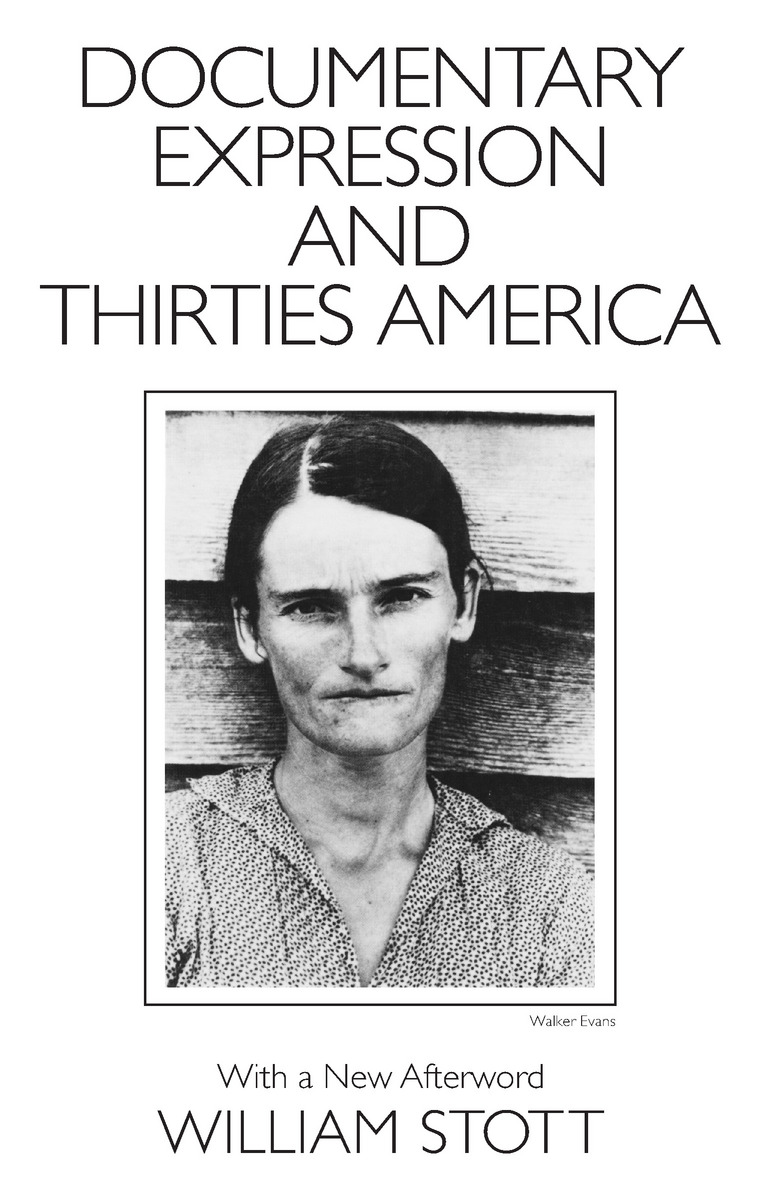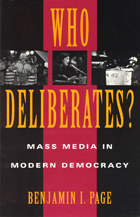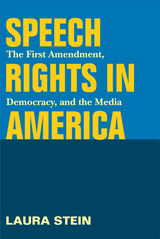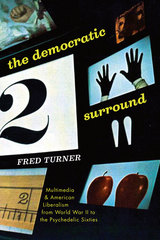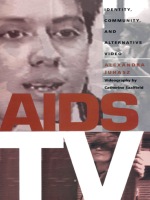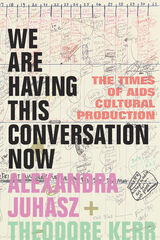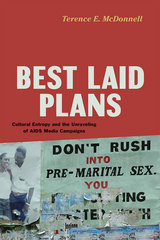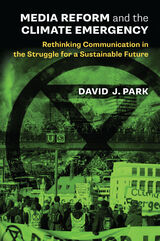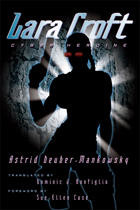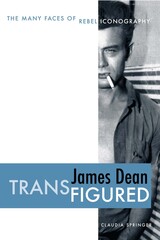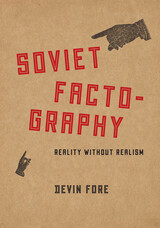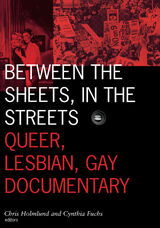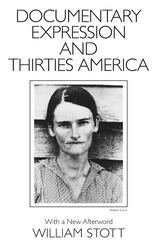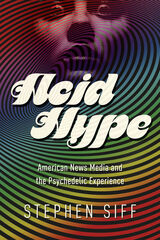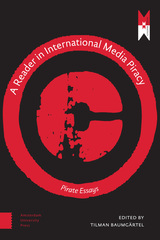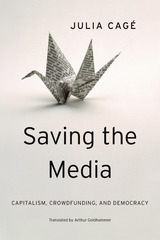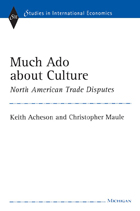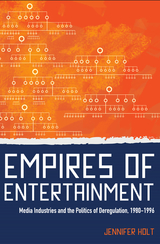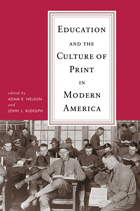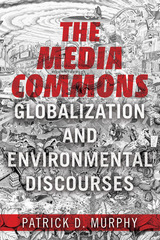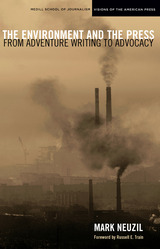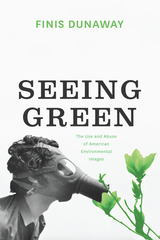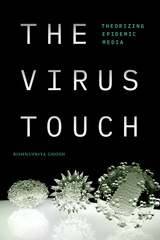Documentary Expression and Thirties America
University of Chicago Press, 1986
Paper: 978-0-226-77559-3
Library of Congress Classification P96.D622U67 1986
Dewey Decimal Classification 302.2340973
Paper: 978-0-226-77559-3
Library of Congress Classification P96.D622U67 1986
Dewey Decimal Classification 302.2340973
ABOUT THIS BOOK | TOC | REQUEST ACCESSIBLE FILE
ABOUT THIS BOOK
"A comprehensive inquiry into the attitudes and ambitions that characterized the documentary impulse of the thirties. The subject is a large one, for it embraces (among much else) radical journalism, academic sociology, the esthetics of photography, Government relief programs, radio broadcasting, the literature of social work, the rhetoric of political persuasion, and the effect of all these on the traditional arts of literature, painting, theater and dance. The great merit of Mr. Stott's study lies precisely in its wide-ranging view of this complex terrain."—Hilton Kramer, New York Times Book Review
"[Scott] might be called the Aristotle of documentary. No one before him has so comprehensively surveyed the achievement of the 1930s, suggesting what should be admired, what condemned, and why; no one else has so persuasively furnished an aesthetic for judging the form."—Times Literary Supplement
"[Scott] might be called the Aristotle of documentary. No one before him has so comprehensively surveyed the achievement of the 1930s, suggesting what should be admired, what condemned, and why; no one else has so persuasively furnished an aesthetic for judging the form."—Times Literary Supplement
See other books on: American | Americas (North, Central, South, West Indies) | Documentary mass media | Photography | Popular culture
See other titles from University of Chicago Press
